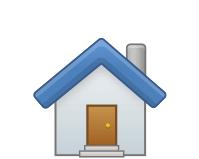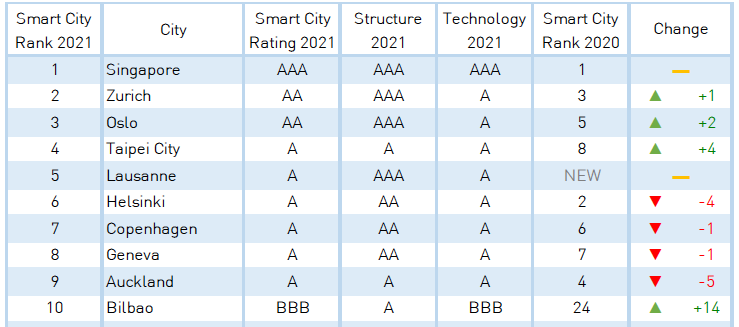

Annually, smart cities are classified on a national, continental and worldwide basis. Very often, however, the lists appear different from each other, since they are usually based on indicators which can only be taken into account at the local level. The parameters referred to, for example, may concern services relating to public transport, health care, safety, energy saving, waste management, economic development and construction. However, the differences that are sometimes found in the rankings do not show variations so significant as to provide contradictory or strongly discordant results. Furthermore, it must be said that almost all the initiatives of the smart cities have in common the Internet of Things (IoT) technology, which offers “smart solutions” capable of guaranteeing a fair balance between environmental protection and citizens quality of life. This technology allows devices of different types, connected to the network, to collect and exchange data to monitor, control and transfer all the information necessary to carry out certain actions. An example is represented by the equipment dedicated to detecting data for monitoring and controlling the temperature of environments, the movement of vehicles, street lighting, air quality, the noise level of certain places, the presence of particular harmful substances.
An application of IoT technology can be found, in particular, in those buildings which, called “intelligent buildings”, ensure, in a balanced way, energy efficiency, low environmental impact and automated control of structures and systems. For example, IoT sensors and Building Automation systems are devices capable of controlling ventilation and air conditioning systems, lighting and security systems and also the occupancy levels of the rooms. Among the active smart buildings, in addition to The Edge in Amsterdam (Netherlands) and Burj Khalifa in Dubai (United Arab Emirates), we must mention The Crystal building in London (UK) and the Duke Energy Center in Charlotte (North Carolina, USA) which boasts the highest “LEED Platinum” green certification.
The 2021 edition of the IMD-SUTD Smart City Index (SCI), published by the Institute for Management Development (IMD) in collaboration with Singapore University of Technology and Design (SUTD), provides the following ranking of the top ten smart cities in the world:
 Source:
SMART
CITY OBSERVATORY
(SCO)
Source:
SMART
CITY OBSERVATORY
(SCO)
This list has been drawn up on the basis of economic data and the technological equipment of the cities in the areas concerning: health and safety, mobility, activities, opportunities and governance. In addition, citizens impressions of the quality of life and services offered were examined.
The table shows the presence, in fifth place, of the new entry Lausanne, while Singapore is confirmed in first place for the second consecutive year, also for having effectively managed the pandemic with the use of intelligent technologies.
Particular attention must also be paid to cities:
Taipei City, the capital of Taiwan, which, compared to 2020, gains 4 places in the IMD-SUTD SCI 2021 ranking.
Dubai, city and emirate of the United Arab Emirates, which, gaining 14 places compared to 2020, occupies the 29th place in the IMD-SUTD SCI 2021 ranking.
Furthermore, some cities are to be taken into consideration which, in the IMD-SUTD SCI 2021 ranking, are down compared to 2020, but present interesting smart initiatives. These are:
Boston (in 57th place) down 21 places compared to 2020.
New York (in 12th place) down 2 places compared to 2020.
Hong Kong (in 41st place) down 9 places compared to 2020.